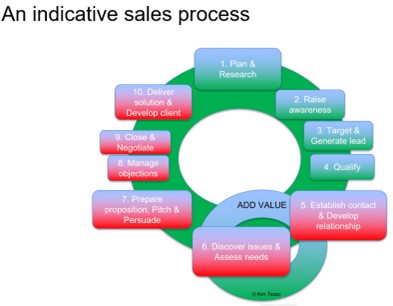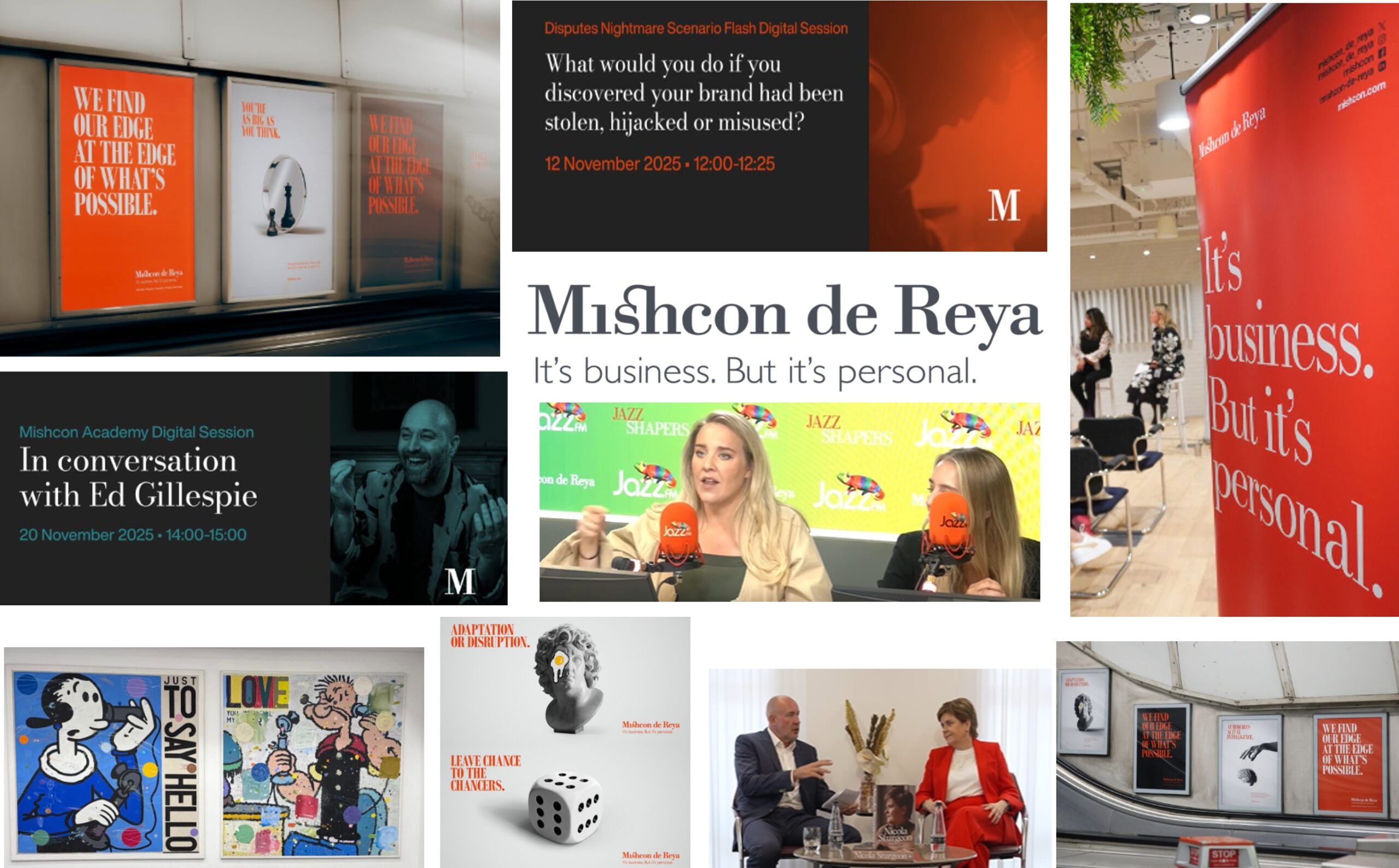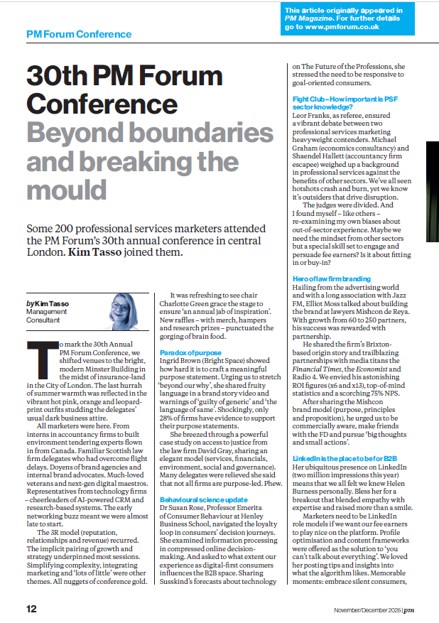
At the recent Persuasive writing course in London I was asked to provide more information on crafting great titles for article and blogs. I also discovered that at a previous session I’d been asked to provide more guidance on writing effective tweets. The two topics are similar – so here goes.
Writing persuasive titles
Titles are really important. They have to attract attention, generate curiosity and describe the content accurately to persuade the reader to invest time in clicking and reading. They also have to meet the ever changing requirements of SEO (Search Engine Optimisation) – that’s all about including key words phrases to get to the top rankings. You should generate a list of key words and phrases as part of your content management plan.
You might have a main title to attract attention and a subtitle that is more descriptive. Provide a clear indication of what’s in the article or blog and who should read it and why (what’s in it for them?).
In terms of title length, there’s conflicting advice. For SEO purposes there are suggestions that it should be under 70 characters. Hubspot research shows titles with eight to 12 words get the most shares on Twitter and on Facebook titles with 12-14 words receive the most likes.
Have a look at Google Analytics or your own web site statistics – this will show what users search for to get to your site. Remember to use words and phrases that they might use, rather than your technical words or jargon that they may not know or understand.
Avoid titles that could be considered “click bait” – an unrealistic promise for disappointing content – as you lose credibility and future readers.
Whilst using clever phrases that link to famous sayings or literary quotes adds interest, make sure that they are likely to be recognised by your target audience as such. Sometimes people get carried away and try to be too clever.
And one of my bug bear are titles that are too generic – avoid things like “Our latest update” or “Employment law update” – be specific on what topics are covered.
There is lots of research on how to attract readers with good titles. For example: you might use questions to arouse curiosity, promise exciting benefits or use facts and figures. Research suggests that titles including specific numbers and facts generate 206% more traffic to your site.
Take care when sharing those titles on social media sites where truncation may mean readers don’t see the full title. Twitter used to be limited to 140 characters, but the limit is now 280. Brevity is next to Godliness.
Some experts suggest that you should devote 50% of your time to perfecting your title and 50% to the article or blog itself.
Writing persuasive tweets for Twitter
Originally, Twitter restricted tweets to just 140 characters which proved a challenge to some and a delight to others. Recently, it controversially increased the limit to 280.
Think Headlines – Provide the story in a sentence
Journalists (using a technique called the inverted pyramid) learn to write an entire story in one short sentence. It means getting to the crux of the matter quickly and concisely. It’s an excellent discipline and one that I recommend for all writing tasks – if you know the core or angle to the story it makes it easier to write longer pieces too.
Focus on the audience
As with all writing, you should focus on the audience or readers. That means forgetting, for a moment, what you want to say or share. Considering what the audience wants to read or know or learn. And use language that connects with the audience.
Use hashtags to be specific
Hashtags are fantastic as you can reach people you aren’t connected with by “tapping into” a different audience. You can use popular and established hashtags or create your own to connect with your campaign. Some common hashtags amongst the professional services sector include:
- Law/legal
- #UKLaw
- #lawyers
- #employmentlaw
- #IPlaw
- #legalmarketing
- Accountancy
- #accounting
- #Budget2017
- #auditorproud
- #auditlife
- #smallbusiness
- Property
- #RealEstate
- #MIPIM
I do wish someone would compile a list of those hashtags used most commonly by different groups of professionals – it would make life so much easier! But you could explore to see what hashtags are used in your area of practice and connect into them.
It’s tempting to try and cram a whole heap of topics and hashtags into a tweet. But resist the urge. Be as specific as possible about the segment of the audience you are addressing and the particular topic or issue you are writing about.
Use hashtags for live tweeting
Most conferences and major events will create a hashtag so that those attending can connect with each other and those who aren’t attending can monitor what is being said and join the conversation.
Many use Twitter hashtags to provide a running commentary of the key points raised at an event. You can also use hashtags to connect with people on major new stories too – take a look at #GE2016 or #Brexit.
- Here are a few events I attended recently where you can see the value of participating this way:
- #lmsconf2017 Law Society Legal Management Conference 2017
- #PersuasiveWriting MBL writing course
- #PMFConf Various Professional Marketing Forum conferences and events
Include links and images to share your content
It’s not just about words. Remember that a picture is worth a thousand words. Human eyes are drawn to images – especially images of people. So include interesting and relevant images where you can.
Photos, charts, tables and infographics are also very popular. Video too – but include captions so that people can see that it’s about without having to use the volume or earphones.
And include links to articles, blogs, downloads or other details. And make sure you use a link shortener so you use as few of those precious characters as possible.
Leave space for comments
While it’s tempting to use all the characters available – leave some space for comments to be added. Research shows that tweets with space are more likely to be retweeted (RT).
Be social
For a large complex professional services firm, there may be many items of information to tweet about. The danger is that you drift into “broadcast” mode – just pushing out lots of tweets about the topics where your firm has expertise.
But it is called social media for a reason. People want you to interact.
Ensure that a proportion of your tweets are for curating, commenting on and sharing other people’s material. Some suggest that you should maintain a balance of 30% of your material to 70% of other people’s material. This is a particularly good strategy where you are reliant on recommendations from referrers and third parties – sharing their content to your community is a way to reciprocate.
You can also include other Twitter accounts in your tweet by using the @accountname. In addition to providing readers with related valuable sources of information on a topic, it also means that your tweet will turn up in their notifications stream and might encourage them to retweet.
And you should reply to other people’s tweets and comments on your content. The way in which you communicate about others probably says more about your firm’s brand personality and general approach to client service than the formal content you issue in newsletters and blogs.
Use a full stop before an account name at the start of your tweet if you want those who aren’t connected to see them.
Look at what others do
Another thing I encourage people to do is to study what others are tweeting. It quickly becomes apparent what makes you click and what makes you pass. I have compiled lists of Twitter accounts so that you can easily see the output of many similar firms in one go. Please use the links below to see what others in your sector are tweeting:
- https://twitter.com/RedStarKim/lists/lawyers2 Law firms and lawyers
- https://twitter.com/RedStarKim/lists/lawyers Law firms and lawyers
- https://twitter.com/RedStarKim/lists/accountants Accountants and accountancy firms
- https://twitter.com/RedStarKim/lists/property-and-surveyors Surveyors and property firms
- https://twitter.com/RedStarKim/lists/divorce-and-parenting Family/divorce lawyers and parenting specialists
General persuasive writing guidance
In addition to these comments which are specifically about writing titles and tweets on Twitter, you need to be aware of a host of other ideas about the elements of persuasive writing. I have written many blogs on this subject so please see the list of links below for further information.
I provide persuasive writing course for lawyers, accountants, surveyors and other professionals through MBL http://www.mblseminars.com/Outline/Persuasive-Writing—How-to-Enhance-Your-Business-Development-Opportunities/8073/
And writing courses for marketing and business development people through Professional Marketing Forum (@PMFGlobal) http://www.pmforum.co.uk/training.aspx







